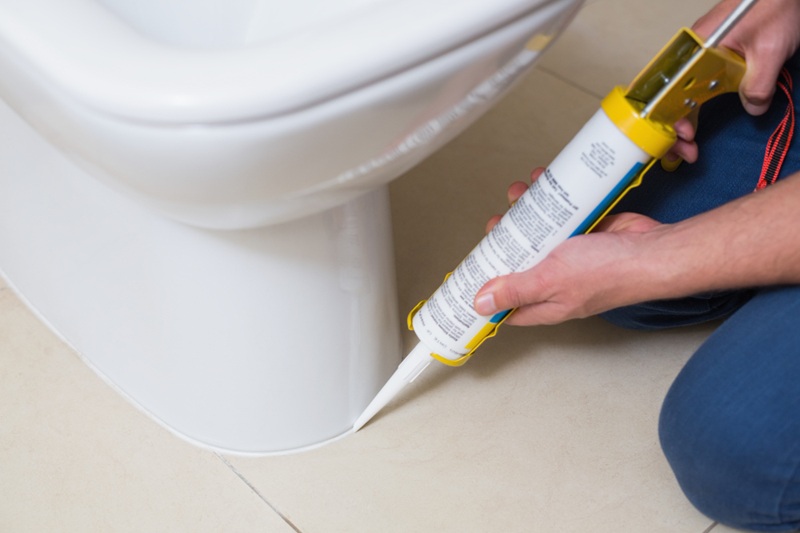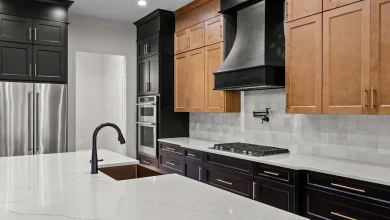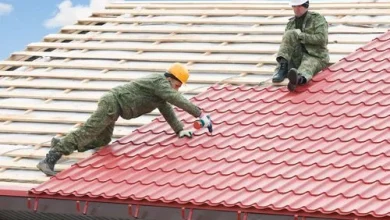
Master Toilet Waterproofing: Avoid Neighbour Disputes Forever
Proper toilet waterproofing serves as the invisible guardian between domestic tranquillity and neighbourhood warfare in Singapore’s towering residential blocks, where water travels faster than gossip and leaves far more lasting damage. A single failed waterproof membrane can transform polite corridor greetings into heated disputes that echo through community meetings.
The Weight of Water in Concrete Towers
Lim Wei Ming thought his renovation was complete until water began seeping through his downstairs neighbour’s ceiling. His story reflects a growing crisis where lavatory waterproofing failures become flashpoints for conflicts that tear apart vertical communities.
During recent wet seasons, moisture infiltration complaints have surged dramatically, with some MPs reporting 50% increases. Behind each complaint lies a family dealing with damaged belongings and mounting costs.
Singapore’s Framework for Bathroom Protection
The Housing Development Board has constructed a regulatory architecture that acknowledges both technical and human dimensions of WC waterproofing. Their guidelines function as a social contract, recognising that individual actions inevitably become collective concerns in high-density buildings.
“If you hack or remove existing toilet floor tiles during renovation, you must replace the waterproofing membrane,” reflects hard-learned lessons about cutting corners. The three-year restriction period demonstrates institutional wisdom: “The waterproofing membrane installed by HDB needs time to stabilise, so water leakage doesn’t occur.”
The Human Geography of Moisture Management
Singapore’s approach to restroom waterproofing responsibility reflects a sophisticated understanding of how water damage creates unwilling partnerships between strangers. The official guidance states that “Both owners should split the cost of repairs 50-50” when ceiling leaks occur between floors, transforming neighbours into reluctant business partners overnight.
This shared responsibility creates complex social negotiations where families suddenly find themselves:
• Coordinating contractor schedules with people they barely know
• Debating repair methods whilst emotions run high
• Splitting costs for problems neither created intentionally
• Making collective decisions about their most private spaces.
The Technical Architecture of Trust
Modern toilet sealing systems must satisfy multiple masters: technical specifications ensuring water containment, regulatory requirements protecting community interests, and practical demands accommodating real-world conditions. This complexity reflects urban housing evolution from individual dwellings to interconnected systems.
Key components of effective lavatory waterproofing include:
• Membrane integrity: Continuous barriers that prevent moisture penetration at the molecular level
• Junction sealing: Critical transitions where floor meets wall, requiring “the membrane extends up the walls/kerbs by at least 150mm” according to Singapore standards
• Penetration management: Careful sealing around pipes and fixtures that must breach waterproof barriers
• Quality verification: Testing protocols, including water ponding tests that “must last at least 48 hours” to ensure system effectiveness
The Economics of Prevention
The financial mathematics of WC waterproofing reveals harsh truths about short-term thinking. Quality waterproofing systems require significant upfront investment, but the alternative costs prove devastating:
• Emergency repairs reaching tens of thousands of dollars
• Legal fees for neighbour disputes and mediation
• Temporary accommodation costs during major remediation
• Immeasurable expense of destroyed community relationships
Singapore’s Goodwill Repair Assistance scheme acknowledges these realities by offering to shoulder 50% of repair costs, recognising that water damage often strikes those least able to bear the burden.
Community Resilience Through Individual Action
The most effective approaches to restroom waterproofing treat each unit as a component in larger systems requiring collective care. When homeowners invest in quality bathroom sealing, they create multiple benefits:
• Protect their property value and living conditions
• Shield neighbours from financial and emotional stress
• Maintain community trust and cooperation
• Preserve building-wide property values and insurance rates
This interconnectedness extends beyond immediate neighbours to encompass entire building ecosystems where reputation affects everyone’s well-being.
Technology Serving Human Needs
Contemporary toilet waterproofing technologies focus on human factors as much as technical performance. Modern innovations include:
• Smart monitoring systems provide early warnings before crises develop
• Advanced materials offering longer service lives and reduced maintenance
• Predictive technologies allowing preventive rather than reactive responses
• Reliable systems reducing anxiety about uncertain infrastructure performance
These advances prevent surprise leaks whilst enabling communities to plan maintenance collectively, reducing social stress that accompanies infrastructure failures.
Lessons from the Vertical City
Singapore’s experience offers insights extending beyond tropical climates and public housing. The recognition that lavatory waterproofing constitutes critical community infrastructure has shaped policies balancing individual rights with collective responsibilities.
These approaches succeed not through technical specifications but by acknowledging human nature, creating clear procedures for shared decision-making and providing financial assistance when costs prove overwhelming.
The Future of Bathroom Protection
Future developments in WC waterproofing will emphasise predictive technologies that prevent problems before they occur, community-based maintenance programmes that distribute costs fairly, and design innovations that reduce neighbour conflicts when systems require attention.
Building Trust Through Technical Excellence
The most successful toilet sealing projects create value extending beyond moisture prevention. They build confidence in community infrastructure, demonstrate respect for neighbour welfare, and contribute to social capital that makes high-density living genuinely enjoyable.
Every homeowner who invests in quality bathroom waterproofing demonstrates commitment to community wellbeing, acknowledging that individual choices have collective consequences in Singapore’s vertical villages.
In a city-state where water falls with tropical intensity and rises through careful engineering, the difference between thriving communities and fractured neighbourhoods often comes down to invisible barriers that keep moisture where it belongs. Effective toilet waterproofing represents an investment in social infrastructure that transforms individual units into genuine communities where families flourish, protected by systems they trust and neighbours they rely upon, all secured by properly implemented toilet waterproofing.




